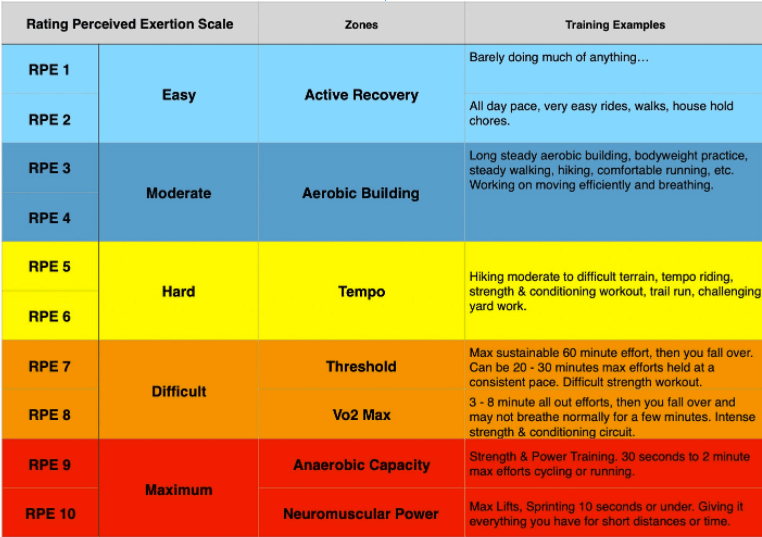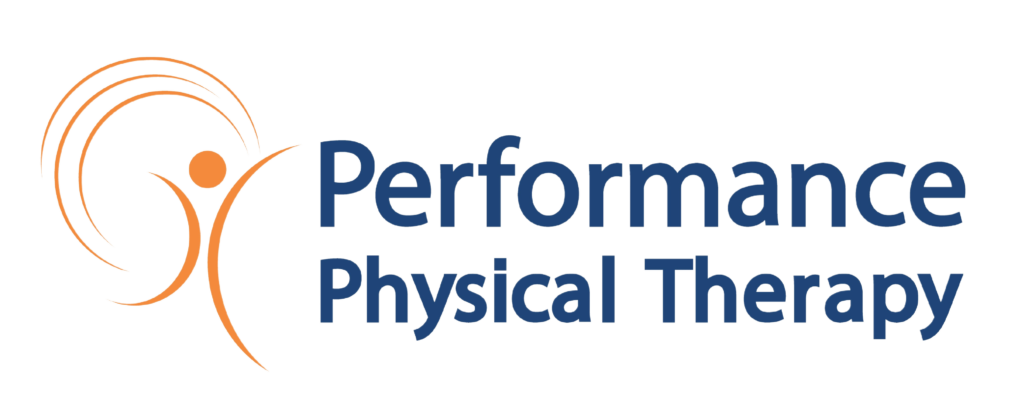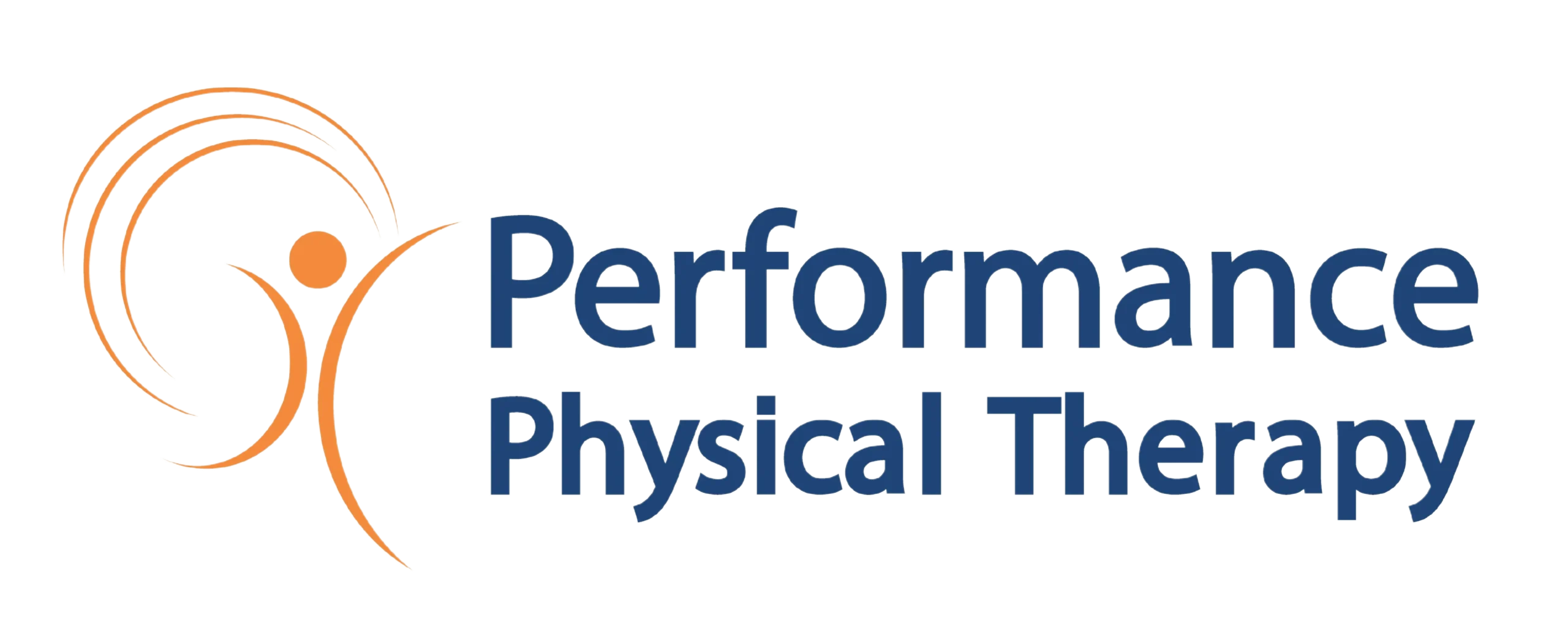Do you ever experience having sprains and cramps while doing some basic exercises?
Excessive pain after workout?
Pain is a general term for uncomfortable sensation in the body. It may occur for a short period of time or occurs repeatedly for weeks or several months. We become more vulnerable to injuries when in pain. It is best to know the root causes of these pain. So we listed several common causes of pain and injuries and how to prevent them.
1. Exercising before warming up.
It is really best to prepare your body before doing sets of exercises, a lot of us think that you only need to warm up if you're gonna be doing some intensive exercises. Before we do some exercise we need to prepare our body. Stretching and warming up are two different things! WE want you to warm up BEFORE you even stretch. Stretching a cold, stiff muscle can actually cause an injury. If you have ever woken up in the morning, and pulled your back while walking to the bathroom, you know what we mean. General, full body movement is one of the best ways to warm ourselves up. Things like walking around, arm circles, or marching in place all get the heart pumping warm blood to your body parts. For example, if you're into running, Walk for about 5 to 10 minutes before you start to run to prepare your muscles.
2. Not resting in between workouts.
Doing some heavy exercises can result in higher heart beat rate and blood pressure. Resting in between after workouts can result in a better blood flow and bring your body temperature back to normal. The more vigorous the exercise, the longer the rest period. High intensity interval training, which is quite popular now, is to be done with some caution! It is not meant to be done daily, nor for long periods of time.
3. Pushing your body too hard on exercises.
The best thing to do is to consult your personal trainer or physical therapist to determine proper intensity of exercise that is safe for you. Pushing your body too hard can result in sore muscles or worse, injuries. One surprisingly accurate way to determine your own level of intensity is the RPE scale (rating of perceived exertion)
Here it is:

4. No time off.
Plan at least a day or two every week for your time off. This will help your body to recover from the strains and stress caused by the exercises you made. Especially to Beginners, less is more. We would rather you develop a routine and a habit, rather than going all out and getting discouraged.
5. Not wearing the right gear.
Wearing the right gear or using the right equipment can lessen the risk of injuries. Make sure that it is designed for your sport or activity. All gear and equipment should be in good condition and it is used correctly. For example, we recommend changing shoes after 300 miles of use. We have seen uneven wear after that amount of use, which can lead to injuries.
6. Not learning the right form and position.
Anyone today can google search any exercise, or even watch them on You Tube. That is easy! However, are YOU doing the right exercise the right way? Not likely. We have treated plenty of people who have ‘seen the exercises online and tried them’, only to make things worse. As our Mom always said, ‘perfect practice makes perfect.’ It is worth the time, money, and effort to get the watchful eye of a PROFESSIONAL (physical therapist) who will make sure you are doing things the right way.
7. Not listening to your body.
"No Pain, No Gain", we always hear it from workout enthusiasts. You need to push your body to gain strength and stamina. The right way to do it is to push your body slowly and gradually. You can expect sore muscles after your workout. But you should never feel pain when exercising. If you feel pain, stop right away. If something doesn’t feel right, then something is not right!
Getting sore from doing new exercises is normal. Soreness from overuse usually goes away in a few days. Soreness that does NOT go away by then may be an indication that you need help from an expert.
These tips will help you minimize exercise soreness and keep you safe.
This would help you lessen the risk of having muscle pain and injuries. Having the knowledge about exercising or how to properly execute them can lead to a better result.
Performance Physical Therapy offers a wide variety of therapy expertise for 30 years now. We help you feel better fast. Check out our hundreds of 5 star google reviews, and schedule your appointment today to feel better fast!


